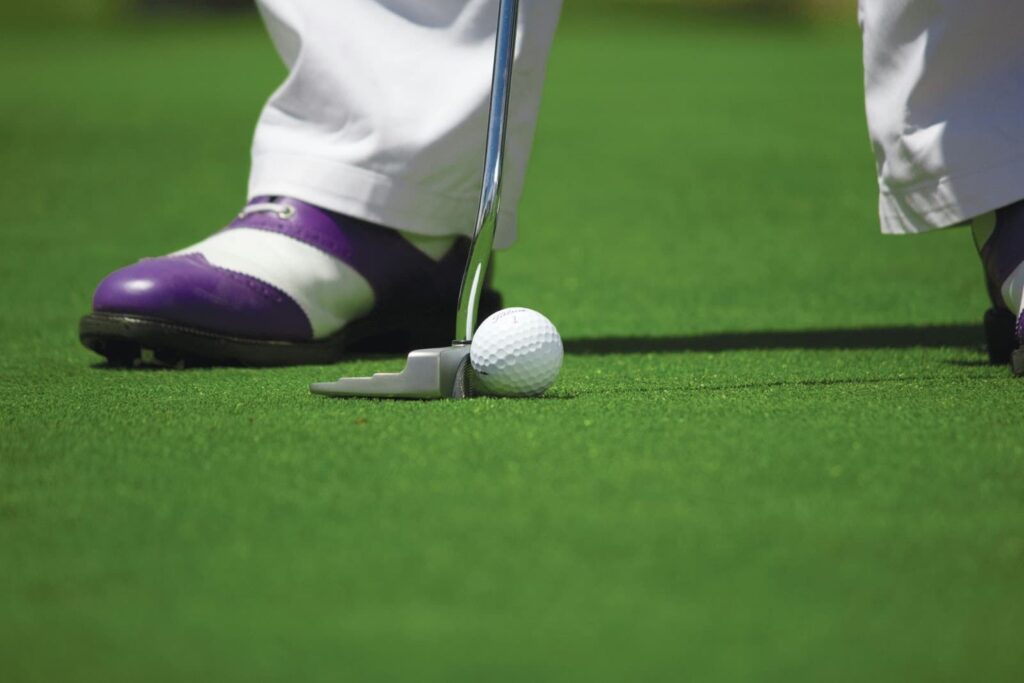Golf is a game of precision, patience, and strategy, but without the right equipment, even the most skilled players can struggle. Choosing the perfect golf club isn’t just about grabbing the most expensive set or following what the pros use—it’s about understanding your own swing, playing style, and goals on the course. Have you ever wondered why certain clubs feel better in your hands or why your shots with one iron are more accurate than with another? The truth is, a well-chosen club can make a huge difference in both performance and confidence. In this guide, we’ll explore how to pick the right clubs based on your skill level, swing mechanics, and playing conditions.
Understanding the Different Types of Golf Clubs
Before diving into how to select the right golf club, it’s essential to understand the purpose of each type. Every club is designed for a specific role, and knowing when to use them can improve your game significantly. Golf Club Types and Their Uses
| Club Type | Purpose | Best Used For |
|---|---|---|
| Driver | Maximum distance off the tee | Long, powerful shots |
| Fairway Woods | Distance and accuracy from the fairway | Second shots on long holes |
| Hybrids | Versatile alternative to long irons | Difficult lies, long approach shots |
| Irons (3-9) | Precision and control | Approach shots, mid-range play |
| Wedges | Short game and accuracy | Chipping, bunker play, high-loft shots |
| Putter | Rolling the ball into the hole | The final strokes on the green |
Each of these clubs has unique characteristics, such as loft, shaft flexibility, and head design, which play a crucial role in how the ball reacts to your swing.
Key Factors to Consider When Choosing a Golf Club
Now that you know the types of clubs, let’s break down the essential aspects to look at when selecting the right ones for your game.
1. Skill Level Matters
Not all clubs are suited for all players. Beginners often struggle with long irons and benefit from hybrids, while advanced players might prefer more control and workability in their irons.
- Beginners & High Handicappers: Look for forgiving clubs with a larger sweet spot, such as cavity-back irons and high-loft drivers.
- Intermediate Players: Mid-sized irons with a balance of control and forgiveness work best.
- Advanced Golfers: Blades and lower-lofted drivers provide greater shot-shaping ability but require precision.
2. The Importance of Shaft Flex
Shaft flex affects how much the club bends during a swing, influencing accuracy and distance. Choosing the wrong flex can cause mis-hits and loss of power.

- Extra Stiff (X-Stiff): Best for players with very fast swing speeds (over 105 mph).
- Stiff (S-Flex): Ideal for golfers with swing speeds between 95-105 mph.
- Regular (R-Flex): Best for average swing speeds (85-95 mph).
- Senior (A-Flex): Suitable for slower swing speeds (75-85 mph).
- Ladies (L-Flex): Designed for players with swing speeds below 75 mph.
A good rule of thumb: if you’re hitting the ball too low and struggling with distance, you might need a more flexible shaft.
3. Clubhead Design & Material
- Cavity Back vs. Blade Irons: Cavity backs are forgiving, making them great for beginners, while blade irons provide more control for experienced golfers.
- Cast vs. Forged Clubs: Cast clubs are more durable and forgiving, whereas forged clubs offer more feel and shot control.
- Titanium vs. Steel Drivers: Titanium drivers are lightweight and allow for greater clubhead speed, whereas steel drivers offer more control.
4. Grip Comfort & Size
A grip that’s too thick can limit wrist action, while a grip that’s too thin can cause overactive hands and inconsistency. Testing different grip sizes and materials will help you find the most comfortable fit.
Common Mistakes When Choosing a Golf Club
Even experienced players make mistakes when selecting their clubs. Here are some things to avoid:
- Ignoring Custom Fitting – Many golfers buy clubs off the shelf without considering factors like lie angle, shaft length, or grip size.
- Focusing Only on Distance – While hitting the ball farther is great, control and accuracy are just as important.
- Not Testing Before Buying – Every golfer swings differently, so testing clubs on a driving range before purchasing can help find the right fit.
- Using the Wrong Shaft Flex – A mismatched shaft can drastically impact ball flight and shot consistency.
- Having Too Many Clubs You Don’t Need – Instead of carrying every possible club, choose the ones that truly complement your playing style.
Finding the Right Balance Between Equipment and Skill
At the end of the day, even the most expensive, high-tech clubs won’t fix poor technique. The best golf club for your game is the one that matches your skill level, enhances your strengths, and helps you improve your weaknesses. Instead of chasing after what the pros use, focus on what feels comfortable, suits your swing speed, and allows you to play with confidence. Remember, golf is as much about mental clarity and strategy as it is about equipment. Choosing the right clubs is just one piece of the puzzle—mastering their use is what truly sets great players apart.
FAQ
Why do professional golfers use different clubs than amateurs?
Pros prioritize shot control and workability, while amateurs need forgiveness and ease of use in their clubs.
How does weather affect which golf club to use?
Windy conditions require lower-lofted clubs for better control, while wet conditions demand more loft to prevent excessive ground interaction.
What’s the biggest mistake golfers make when selecting a driver?
Many players choose a driver with too little loft, making it harder to achieve the ideal launch angle and distance.